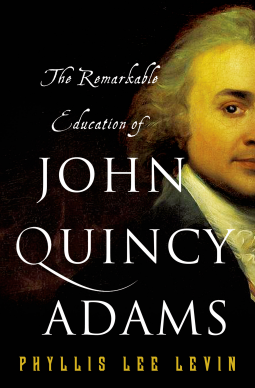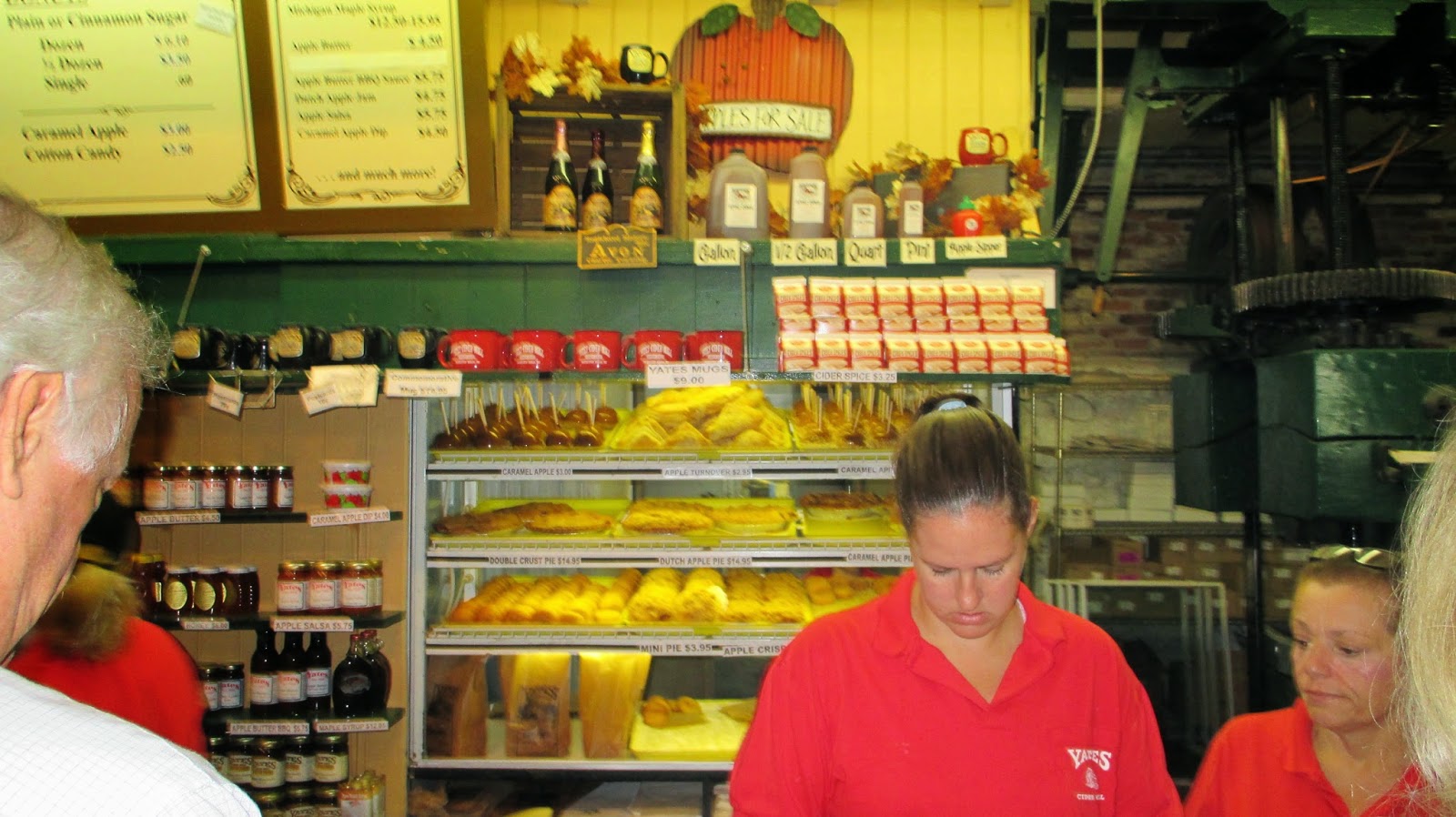Maureen Corrigan
Little, Brown and
Company
Publication Sept 9, 2014
ISBN 9780316230070
$26.00
When the last Gatsby
movie version came out I reread the novel, along with Tender is the
Night and Flapper short stories by Fitzgerald that had appeared in
magazines. Yet even before I had finished her book Corrigan had me
reading Gatsby once again.
How many times have
I read Gatsby? I read it in high school several times, first in the
paperback used by high school English classes. It was not required
reading for my classes, but in my teen years I was reading Modern
fiction and spent my much of my precious allowance at the bookstore.
Then I joined The Literary Guild and obtained cheaply bound sets of
Hemingway, Steinbeck, Joyce, and of course Fitzgerald.
In those days
Fitzgerald was not my favorite of the great Max Perkins discoveries,
nor was Hemingway. I adored Thomas Wolfe – his language, his
snippets of lovely insight. But Wolfe's writing was self-absorbed and
emotional and I was a self-absorbed emotional teen, and neither of us
had much control but spilled out like a roaring deluge. Some years
later I found him unreadable. A year or so back I reread Look
Homeward, Angel and appreciated Wolfe again. But I remembered
Fitzgerald as a writer about romances and excesses, and his books had
left my library many moves ago.
Corrigan maintains
that we read Gatsby too young, that it is appropriated as a high
school text based on it's diminutive length, before we understand
regret and the powerful urge to revive the dead past. As a girl I
did understand regret and nostalgia; moving at age 10 having set it's
“deforming” foot on my soul. I was too young to appreciate the
fine, honing work Fitzgerald accomplished in this beautifully faceted
gem, and too young to truly 'get' Gatsby. My reading of a few years
ago I was surprised by the mystery of Gatsby and the violence I had
forgotten.
This reading I
noticed the beauty of the language, how every scene is crystalline
and sharp, how we are told just what we need to be told. How did I
miss that before? I was labeled a “naive” reader in college, and
I suppose even after all those critical classes I am still a naive
reader. I am a speed reader, too, and too often forget to slow down
and read words and sentences, not paragraphs. Somehow this reading I
took my time.
Corrigan knows her
subject. Fresh Air book critic and a professor who teaches Gatsby, she has read the novel fifty
times. She writes about going to her New York City high school to
discuss Gatsby, and like all teachers finds student's fresh
perspectives bring up insights and readings she had not thought of.
That is the mark of good literature: an ever freshening spring that
revives each drinker whose thirst is slacked according to the needs
they bring to it. How many readings can a book take? As many readings
as we have years since we are never the same person each reading.
Life jostles us around, marks it's losses like hash-tags, and we come
at things with new wisdom even when looking at familiar scenery.
Never for a second
is Corrigan boring. It's like having a great day at the amusement
park while teacher surreptitiously pours knowledge into our ear. We
venture into the nether regions of the Library of Congress on a last
minute mission. We learn how the Armed Services Editions paperbacks
spread literature through the ranks and helped revive Gatsby. We hear
about Fitzgerald and Zelda's excesses which led them from the
beautiful to the damned.
Corrigan reminds us
that this is a Post-War novel. Nick goes East because he no longer
feels at home in the Mid-West after service abroad. Gatsby and Tom
were also in the service. The relationship between “buddies” Nick
and Gatsby, Gatsby and his mentor Dan Cody, the rivalry between Tom
and Gatsby and Tom and Wilson—this novel is about men. Fitzgerald
bemoaned that sales were slow because the novel did not attract
female readers. I get that: I don't get The Lord of the Rings mostly
because it is about a war story about a bunch of guys. But I don't
buy that excuse. Fitzgerald was typecast as the chronicler of the
1920s and people were so over the 20s.
From the perspective
of fifty years reading Gatsby I resonate to lines I hardly took in as
a girl. Such as Jordan's comment about liking large parties: “They're
so intimate. At small parties there isn't any privacy.” I recall
life in Philadelphia, its teeming streets, where I could sit in a
park and not have one person notice I existed. There is a privacy in
crowds. Brilliant.
Gatsby is a love
song to the city. Midwesterner Nick talks about New York City,
watching people live their glamorous lives. “At the enchanted
metropolitan twilight I felt a haunting loneliness sometimes, and
felt it in others—poor young clerks who loitered in front of
windows waiting until it was time for a solitary restaurant
dinner—young clerks in the dusk, wasting the most poignant moments
of night and life.” And later Nick writes, “I see now that this
had been a story of the West, after all—Tom and Gatsby, Daisy and
Jordan and I, were all Westerners, and perhaps we possessed some
deficiency in common which made us subtly unadaptable to Eastern
Life.” It is a failed love affair in the end, and Nick returns to
his roots, still stunned, perhaps more affected by his sojourn East
than by the War.
Nick tells us the
story of Gatsby from two years perspective. He is compelled to tell
the story, trying I suppose to put some form and meaning to the
tragedy. Nick had a history of passively accepting the confidence man
role. Near the end he tells Gatsby that he is “worth the whole damn
bunch of them put together.” Later he tells us, “I've always been
glad I said that. It was the only compliment I ever gave him, because
I disapproved of him from beginning to end.”
“You can't repeat
the past.”
“Can't repeat the past?” he cried incredulously. “Why of course you can!”
“Can't repeat the past?” he cried incredulously. “Why of course you can!”
“I'm going to fix
everything just the way it was before,” he said, nodding
determinedly.
Nick is possessed by
Gatsby and it is only by telling the story that he can begin to shrug
off his burdon. Or is Nick trying to recreate the past, knowing it is
futile? Either way, like Gatsby he is tangled in the web of memory
and can't get free. Corrigan states that Nick loved Gatsby, no
dispute. I wonder. Some things seen can't be unseen, and an eternal
altercation arises as we endeavor to shake it off. We bury it, put
out our eyes, stop our ears, but can't rid the ghost, so we try
naming it.
So many questions
are raised by Gatsby. About the role of class and money in America.
About idol worship and dreams and cold reality. We weigh Gatsby's
relation to bootleggers and larceny against Tom and Daisy's
carelessness and selfishness. Nick's casual relationships to Gatsby's
holding onto a youth's lovely imaginings. We each have to decide,
after all, what was so “great” about Gatsby.
Corrigan's book is a
pleasure and a revelation.
I thank NetGalley
and Little, Brown and Company for access to the e-book for review.
























































